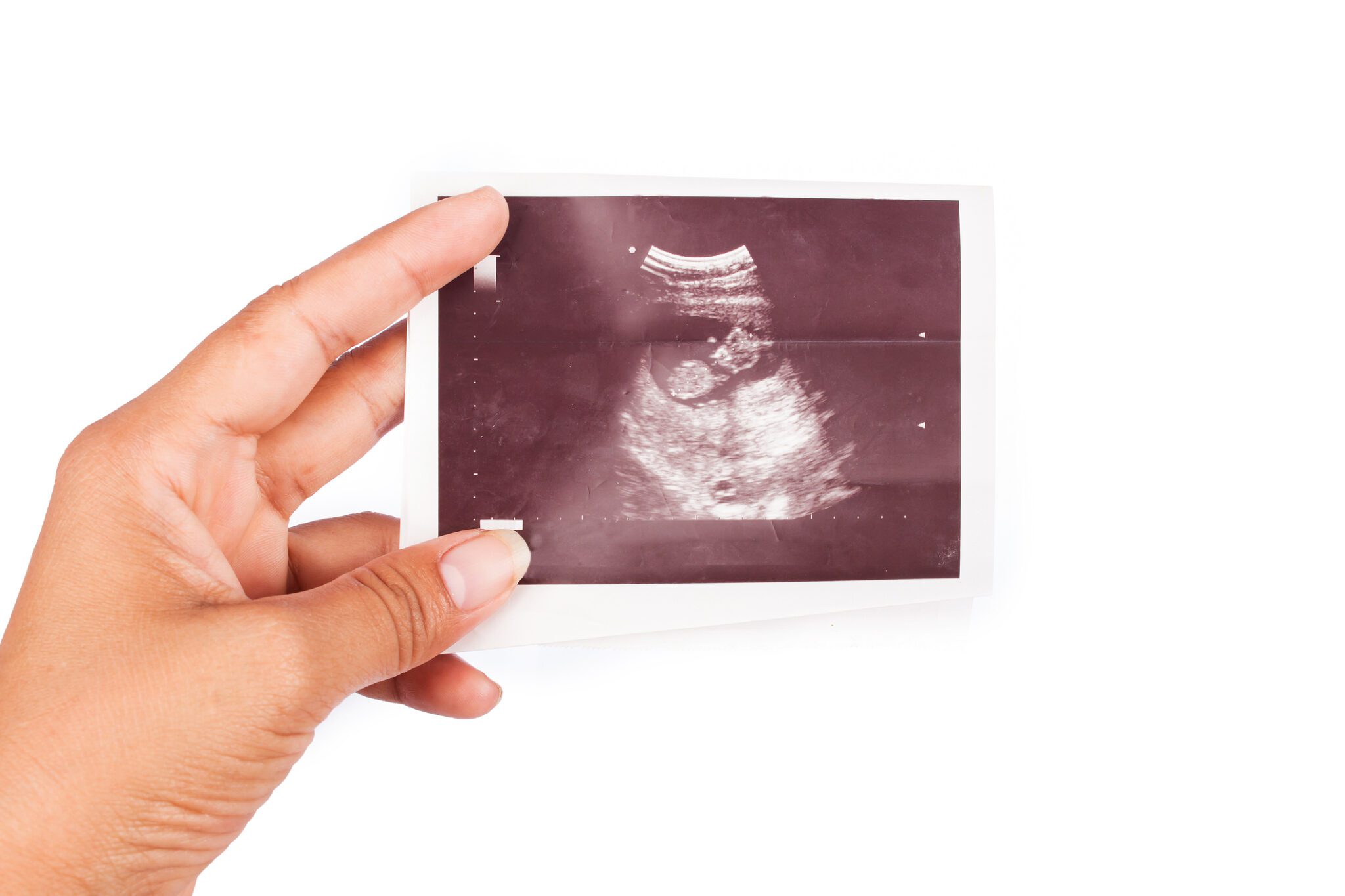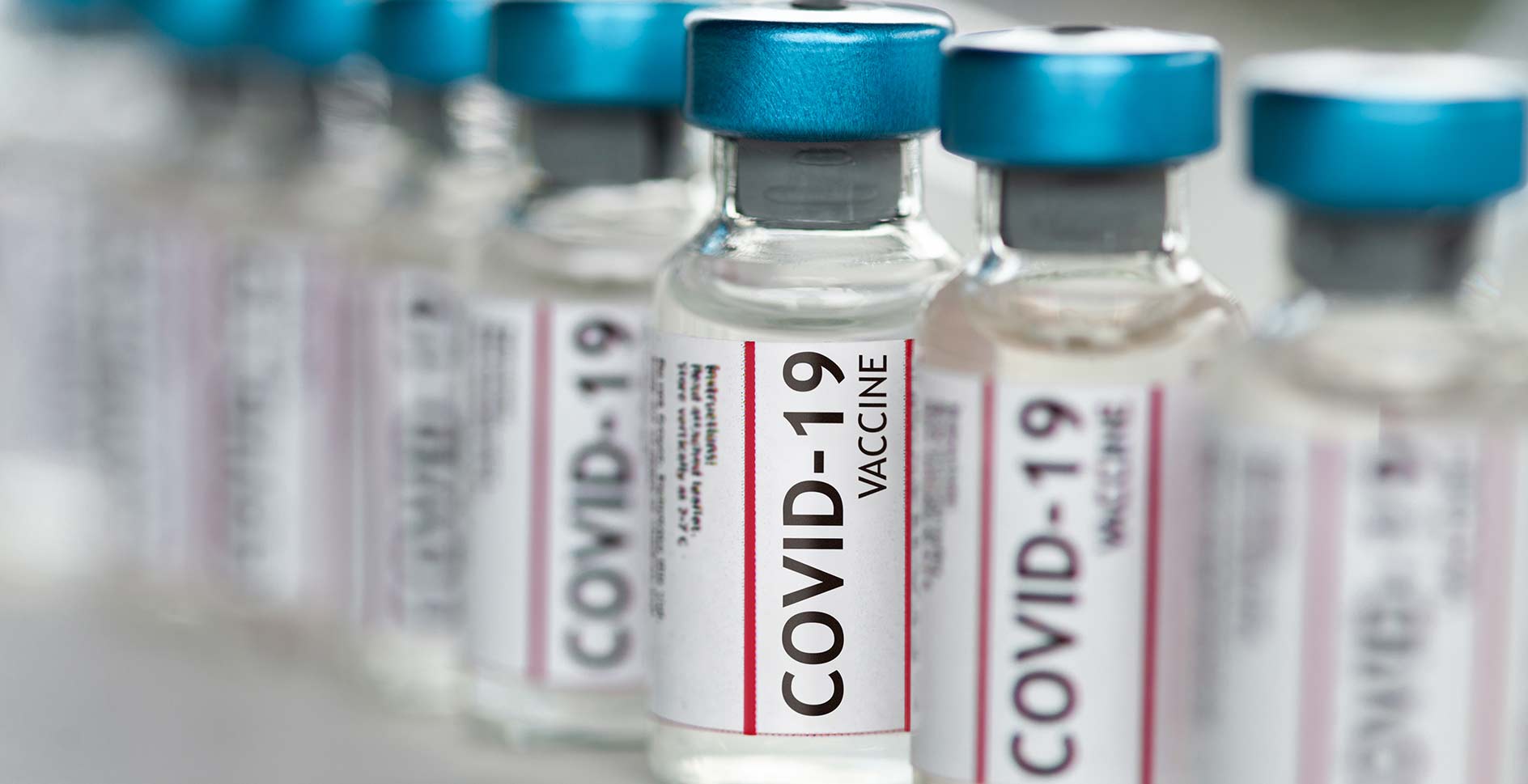On January 2, 1915—one hundred years ago today—German forces in World War I made the first chlorine gas attack, ushering in the modern age of chemical warfare. Since then the use of chemical weapons has been one of the most controversial ethical issues in warfare.
Here are five facts you should know about chemical weapons:
1. The general and traditional definition of a chemical weapon is a toxic chemical contained in a delivery system, such as a bomb or shell. The Chemical Weapons Convention (the international treaty that bans chemical weapons) applies the term to any toxic chemical or its precursor that can cause death, injury, temporary incapacitation or sensory irritation through its chemical action.
2. The toxic chemicals that have been used as chemical weapons, or have been developed for use as chemical weapons, can be categorized as choking, blister, blood, or nerve agents. The most well known agents are choking agents—chlorine and phosgene; blister agents—mustard and lewisite; and blood agents—hydrogen cyanide, and nerve agents—sarin, tabun, VX.
3. During World War II, Japan was the only country to use chemical weapons on the battlefield. Adolf Hitler refrained from the use of chemical weapons in war, though not from the use of poison gases in concentration camps, likely because of fear of reprisals in kind. During the Cold War, the United States and the Soviet Union both maintained enormous stockpiles of chemical weapons, amounting to tens of thousands of tons. The amount of chemical weapons held by these two countries was enough to destroy much of the human and animal life on Earth.
4. As of February 2013, 78.57 percent, of the world's declared stockpile of 71,196 metric tons of chemical agent have been verifiably destroyed. Iraq, the Libyan Arab Jamahiriya, the Russian Federation, and the United States all have declared they have remaining stockpiles. Combined they must destroy 8.67 million items, including munitions and containers containing in total, 71,196 metric tons of extremely toxic chemical agents. By comparison, a tiny drop of a nerve agent, no larger than the head of a pin, can kill an adult human being within minutes after exposure.
5. Over 98 percent of the world's population lives within territories where the Chemical Weapons Ban has become the law of the land. The two states that have signed the treaty but have not yet ratified it are Israel and Myanmar. The five states that have neither signed nor acceded to the Chemical Weapons Convention are Angola, Egypt, North Korea, South Sudan, and Syria.










